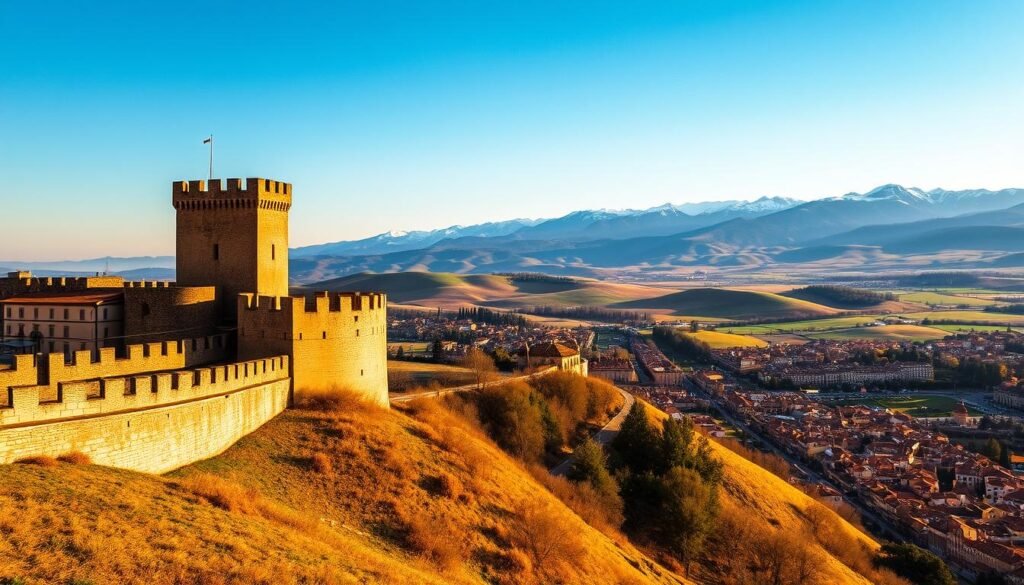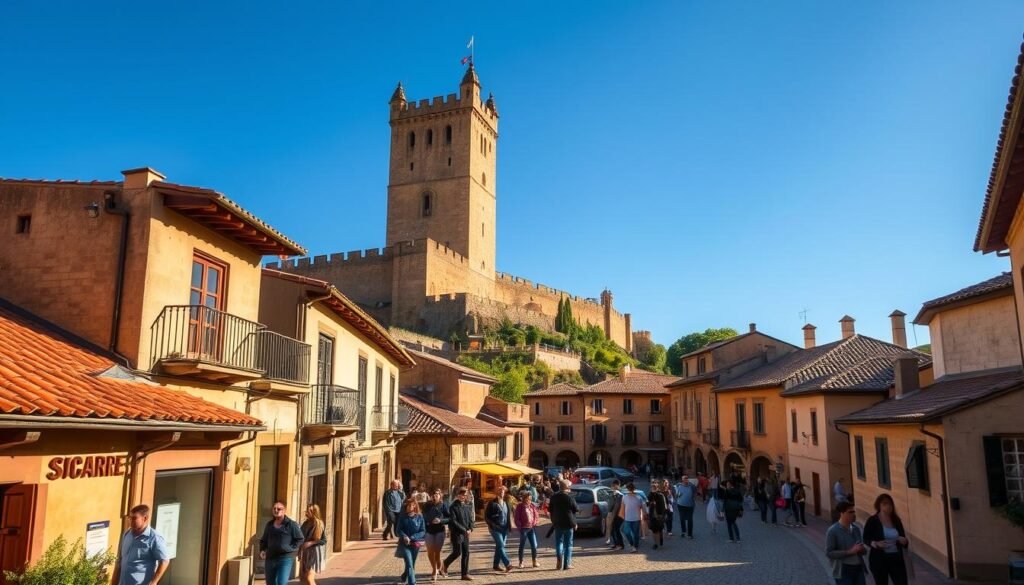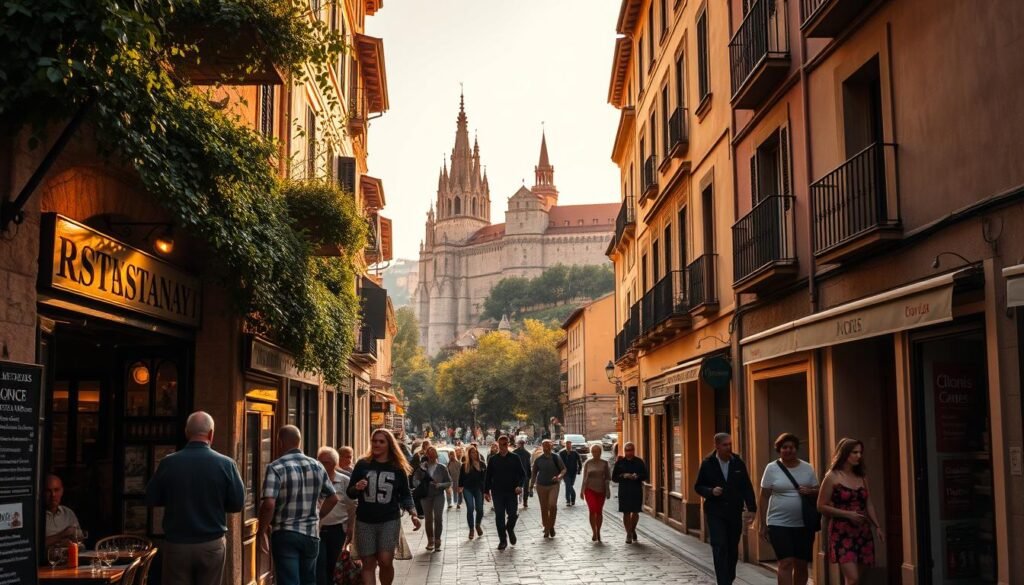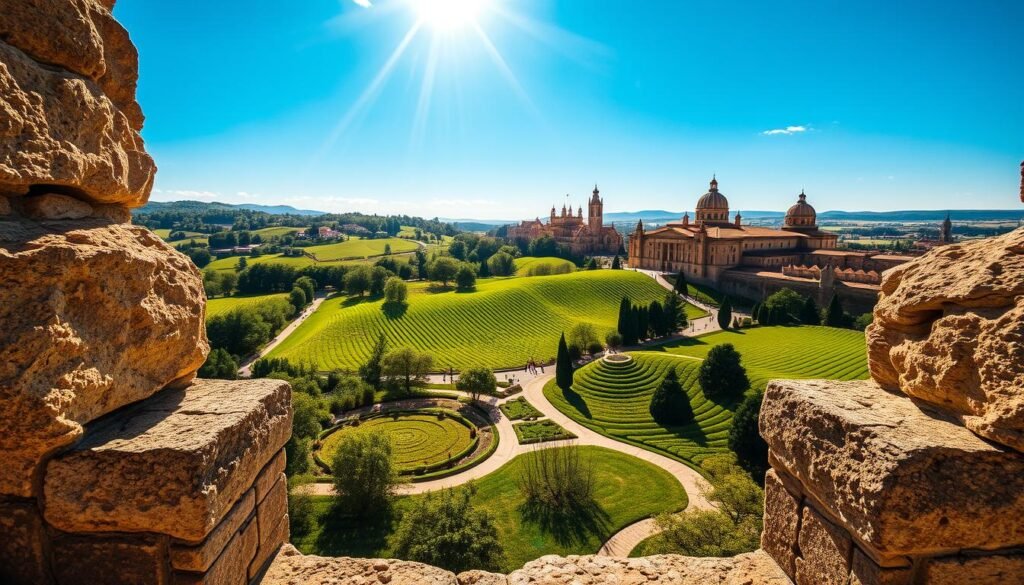Segovia's ancient streets and iconic aqueduct draw visitors from around the world. Just an hour from Madrid, this UNESCO-listed city blends Roman engineering with medieval charm. But even in a place this magical, a few missteps can turn a dream trip into a stressful experience.
Understanding local customs and planning wisely is key. Rushing through the Alcázar or underestimating the aqueduct's grandeur risks missing what makes this city unforgettable. Many travelers try to squeeze everything into a single day, only to feel overwhelmed by hidden details.
Balancing your itinerary matters. The Jewish Quarter's narrow lanes and cathedral's Gothic spires deserve time to appreciate. Skipping midday breaks or ignoring seasonal crowds can leave you exhausted. Respecting the pace of historic sites ensures you savor their stories.
This guide highlights common oversights—from timing your visit to avoiding cultural faux pas. Whether you're here for a quick day trip or a longer stay, these tips will help you explore like a pro. Let's dive into how to make the most of Segovia's treasures while sidestepping pitfalls.
Understanding the Unique Character of Segovia
Segovia's magic unfolds through centuries-old stories etched in stone. The Alcázar fortress crowns the city like a storybook castle, while Mirador de la Pradera frames the aqueduct against rolling hills. Every place here whispers tales of Roman engineers, medieval artisans, and Renaissance thinkers.

What makes this city special? Its compact layout lets you travel through time in minutes. A 10-minute stroll from the cathedral's flying buttresses leads to the Jewish Quarter's labyrinthine lanes. Another five-minute walk reveals sweeping views from San Esteban's viewpoint.
Key elements defining Segovia's essence:
- Architectural layers blending Romanesque churches with Gothic spires
- Strategic viewpoints like Mirador del Postigo offering valley vistas
- Hidden courtyards blooming with geraniums behind unmarked doors
The fortress isn't just a monument—it's a cultural compass. Climb its towers to grasp how this place commanded kingdoms. The best way to appreciate the city's scale is by connecting these viewpoints on foot, each offering new perspectives within minutes.
Take your time—the most rewarding way to experience Segovia unfolds step by step, with surprises waiting just minutes away. Let cobblestone paths guide you past convents-turned-museums and plazas where locals gather at dusk.
Common Pitfalls: Things Not to Do in Segovia Spain

A seamless visit to Segovia means dodging typical errors many travelers make. One major misstep? Overloading your day in a single area. The Alcázar and aqueduct deserve breathing room—rushing between them risks missing intricate details.
While walking reveals hidden gems, relying solely on foot travel can backfire. Trains from Madrid are convenient, but afternoon return rides often fill up. Pair strolls with early train bookings to avoid stress.
Roasted suckling pig dominates menus, but ordering it without checking the clock is risky. These meals take time—opt for quicker tapas if you're squeezing sights into an hour. Locals eat late; arrive before 2 PM or after 4 PM to dodge restaurant queues.
Peak-hour crowds swarm key areas like Plaza Mayor. Instead, explore quieter zones like San Millán's Romanesque churches when the sun dips. Time your cathedral visit for mornings when light floods its stained glass.
Smart planning beats marathon sightseeing. Reserve restaurants ahead, track train times, and let Segovia's rhythm guide you—not the other way around.
Navigating Dining and Tourist Traps
Segovia's culinary scene dazzles with roasted meats and medieval ambiance, but not every eatery lives up to the hype. Restaurants near Plaza del Azoguejo, the aqueduct's base, often lure visitors with flashy menus. While Cándido—a local institution since 1905—delivers authentic cochinillo (suckling pig), nearby spots might prioritize speed over quality.

| Location | Authentic Experience | Tourist Trap Signs |
|---|---|---|
| Plaza Mayor | Family-run tabernas with daily specials | English-only menus with inflated prices |
| Jewish Quarter | Hidden patios near Church of Vera Cruz | Guided tours skipping historic synagogues |
| Day Trip from Madrid | Pre-booked lunch at Cándido | Same-day “discount” combo tickets |
For a genuine taste, venture beyond Plaza Mayor's main square. The Jewish Quarter hides gems like artisan bakeries along Calle Judería Vieja—pair their pastries with views of Vera Cruz's 12-sided tower. If you're on a day trip from Madrid, reserve tables early to enjoy slow-cooked dishes without rush.
Evening strolls reveal quieter taverns near Church of Vera Cruz, where locals share tapas. Skip generic souvenir shops by the aqueduct—instead, seek handmade ceramics in the Jewish Quarter's workshops. Balancing popular spots with these hidden corners lets you savor Segovia's true flavor.
Planning a Day Trip from Madrid: What to Avoid
A day trip from Madrid to Segovia offers Roman marvels and Gothic grandeur, but timing missteps can turn it into a checklist race. Trains whisk you there in under 30 minutes, yet many visitors cram Alcázar tours, Segovia Cathedral visits, and Plaza del Azoguejo selfies into a single afternoon. This leaves little room to savor hidden courtyards or the Church of Vera Cruz's mysterious aura.

Rushing through Segovia Cathedral's stained-glass corridors or skipping its cloister to save time? You'll miss 16th-century craftsmanship whispering tales of Spanish royalty. Book Alcázar tickets online to bypass queues—this buys minutes to admire the fortress's turrets without stress.
Menus near Plaza del areas push suckling pig as a must-try, but midday orders clash with tight schedules. For authentic flavors without the wait, grab roast lamb tapas at family-run bars near Church of Vera Cruz. Their portions satisfy, and you'll still catch your return train.
Smart itinerary tweaks:
- Visit Segovia Cathedral at opening time (9:30 AM) for crowd-free photos
- Swap lunchtime crowds for early merienda (snack) with local pastries
- Exit Plaza del Azoguejo via Calle San Valentín to discover quiet Romanesque chapels
Confirm closing times for lesser-known sites—some close for siesta. With thoughtful pacing, your trip Segovia becomes a highlight reel, not a blur.
Cultural Respect and Historic Preservation
Segovia's living history deserves more than snapshots—it asks for mindful engagement. At Mirador de la Pradera, where the aqueduct stretches across golden fields, silence speaks louder than crowds. Rushed visits here miss the whispers of Roman engineers who shaped these stones.

Preservation starts with small choices. Near del Azoguejo, recent restorations protect original Roman mortar from fingerprints. In San Marcos, faded frescoes thrive because visitors respect barrier ropes. These efforts succeed when travelers:
- Allow extra time to absorb details without touching surfaces
- Follow marked pathways at delicate sites
- Keep voices low in sacred spaces like chapel courtyards
Planning a trip from Madrid? Build buffer time into your schedule. Guides at San Marcos often share stories about 12th-century water systems—stories you'll get only by lingering. Arriving early means quieter moments to appreciate craftsmanship.
Respectful tourism ensures Segovia's treasures endure. When you match your pace to the city's rhythm, you'll get more than photos—you'll carry home the soul of a place shaped by centuries.
Avoiding Common Misconceptions About Segovia
Segovia's story extends far beyond its famous fortress. While the Alcázar castle dominates postcards, neighborhoods like San Millán and San Marcos reveal 12th-century churches and artisan workshops most visitors miss. These areas pulse with daily life untouched by tourist crowds.
Many assume lunch here means rushed cochinillo meals. Authentic spots like Taberna López in the Jewish Quarter serve seasonal dishes using recipes passed through generations. Their roasted lamb with thyme honors traditions without the three-hour wait.
| Myth | Reality | Where to Experience |
|---|---|---|
| “Only the castle matters” | 12th-century Vera Cruz Church offers Templar mysteries | Quiet lanes near San Marcos |
| “Same old Spanish food” | Modern twists on medieval recipes | Family-run bodegas off Plaza Mayor |
| “One afternoon suffices” | Centuries of history need days to unpack | Sunset walks along Cuesta de los Hoyos |
The Jewish Quarter's cobblestone paths tell stories no castle can replicate. Seek out Calle de la Almuzara's hidden courtyards, where geraniums frame views of 16th-century stonework. Local guides here share tales of silk traders instead of royal dramas.
Next time you visit, let the city's layers surprise you. A restaurant meal becomes a history lesson when paired with neighborhood exploration. Segovia rewards those who look past the obvious.
Final Thoughts on Navigating Segovia’s Hidden Doors
Segovia's true magic lies beyond its postcard landmarks. Thoughtful planning transforms rushed visits into journeys through living history. By balancing iconic towers like San Esteban's watchtower with quieter church courtyards, you'll uncover layers most travelers miss.
Prioritize key buildings—medieval churches and fortress walls—but leave room for spontaneity. Early mornings reveal the Alcázar's golden hues without crowds, while sunset paints the Vera Cruz Church in warm light. Plenty of lesser-known places reward those who wander beyond top attractions.
Respectful exploration means:
– Mapping routes connecting Romanesque churches with panoramic towers
– Booking guided tours for deeper insights into ancient stonework
– Saving afternoons for family-run bakeries near San Millán's hidden plazas
Let this guide steer you toward meaningful moments. Whether tracing 12th-century carvings or sipping local wine beside a quiet tower, Segovia shares its secrets with prepared travelers. Now's your turn to walk its stories.








